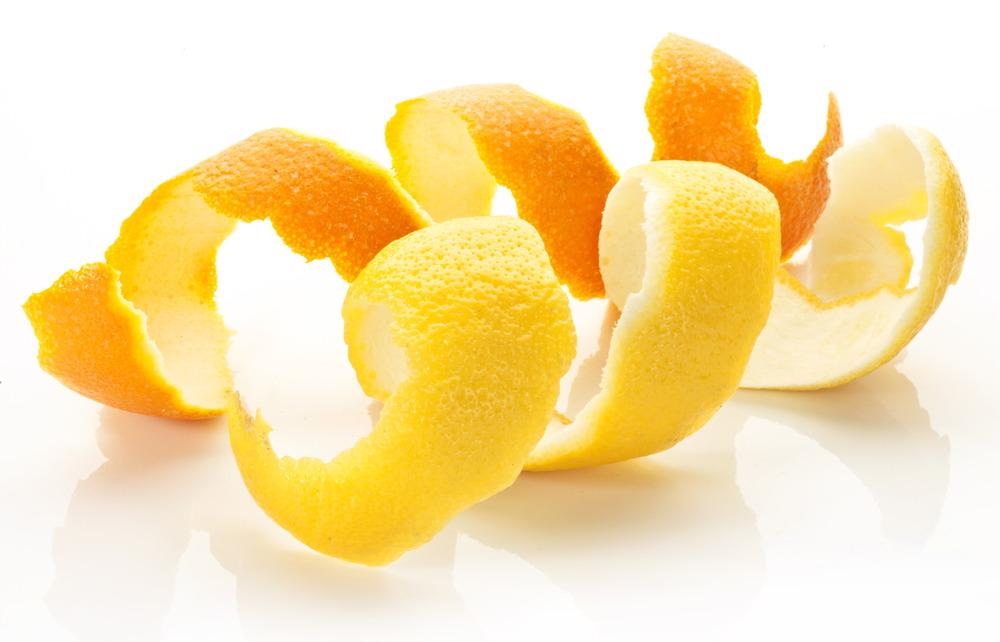In a recent study published in the journal Materials Today Proceedings, researchers from India investigated the effectiveness of citrus limetta peel (CLP) for removing dyes from wastewater.

Study: Adsorption of methylene blue and crystal violet dye from wastewater using Citrus limetta peel as an adsorbent. Image Credit: Valentyn Volkov/Shutterstock.com
Water Pollution and Textile Industry
Rapid industrialization and population growth have resulted in pollution, damage to the environment, and health risks for humans. Among various types of pollution, water pollution is a significant concern due to depleting freshwater. The main reasons for water pollution are municipal development, overpopulation, industrialization, and excessive food demands.
Textile, pharma, and food industries use colored organic compounds, also known as dyes or pigments, to transmit colors on materials. The waste from these industries results in considerable wastewater pollution as these dyes are highly soluble in water.
In the present study, CLP was investigated for the removal of crystal violet (CV) and methylene blue (MB) dyes from industrial wastewater through chemical modification.
Methodology
In the current study, researchers used cationic dyes as common impurities. Discarded CLP was obtained from the local juice vendors in Sonipat, Haryana, India. Further, the obtained CLP was chopped into small pieces and washed several times in hot double-distilled water to remove dust and other impurities. Finally, the pretreated CLP waste fragments were dehydrated at 70–80 °C for 5–6 hours before carbonization to remove all moisture.
The standard stock solution (1 g/L) for cationic dyes was prepared and then diluted to achieve the required initial concentration. Operational parameters were investigated by batching a fixed amount of activated citrus limetta peel (ALCP) into a fixed concentration of the diluted stock solution.
The kinetic study was used to determine the efficiency and behavior of the adsorbent. The kinetic mechanism of MB and CV on activated CLP were investigated using pseudo-first-order, pseudo-second-order models, and intraparticle diffusion models.
X-ray diffraction (XRD), Fourier transform infrared spectroscopy (FTIR), Brunauer Emmett Teller (BET) test, and scanning electron microscopy (SEM) was used to examine the dye absorption capacity. The elemental composition of activated ACH was determined using the elemental analyzer. The American Society for Testing and Materials standards were used to determine the ash and carbon content in the samples. Further, the adsorption capacity of both dyes was examined considering various parameters such as dye contact time, concentration, activated CLP (ACLP) dosage, and pH.
Results
Before the absorption of dyes, the SEM analysis characterization showed that ACLP had a porous structure with large holes, cavities, and lumps. The morphology of ACLP could result from CLP's interaction with acids.
However, after the absorption of dyes, the morphology of ACLP changed from microporous to non-porous. Additionally, the smoothness of the surface of ACLP also changed due to the deposition of adsorbate contaminants.
The researchers used XRD to investigate the adsorbent's crystalline nature. Before the absorption of dyes, the ACLP had two distinct peaks on the XRD diffractogram. Moreover, both of the characteristic peaks of ACLP were broad, which indicated that ACLP is non-crystalline. Post absorption of dyes, the XRD analysis showed no significant difference.
The ash and moisture content of the adsorbent were estimated to be 6.30% and 12.30% for the CLP and ACLP, respectively. The results of the elemental composition of activated ACH revealed that activated ACH has a good amount of carbon, which resulted in increased adsorption.
The batch absorption results indicated that the percentage of dyes removed by ACLP decreases with increasing initial dye concentrations. Furthermore, the percentage of dyes removed increases as contact time is increased.
The study of absorption capacity with pH changes indicated that the percentage of dyes removed increased with increasing pH. The results indicated the significance of high pH wastewater for the effective removal of dyes.
The results of the kinetics studies revealed that the adsorption processes for both dyes are well interrelated, indicating that the process is chemisorptive. Additionally, the data investigation using Freundlich, Langmuir, and Temkin isotherms revealed that the Freundlich isotherm was a good fit for the MB dye while the Temkin isotherm was a fit for the CV dye.
The ACLP adsorbent had a higher adsorption capacity when compared to other commercial adsorbents. The porous structure and higher active sites of ACLP may be responsible for the higher adsorption efficiency.
To summarize, the current study analyzed the adsorption capacity of ACLP, considering cationic dyes as absorbents. Based on the results, it can be concluded that ACLP can effectively separate CV and MB dyes from industrial wastewater.
Disclaimer: The views expressed here are those of the author expressed in their private capacity and do not necessarily represent the views of AZoM.com Limited T/A AZoNetwork the owner and operator of this website. This disclaimer forms part of the Terms and conditions of use of this website.
Source:
S. Rani and S. Chaudhary, Adsorption of methylene blue and crystal violet dye from wastewater using Citrus limetta peel as an adsorbent, Materials Today: Proceedings, https://www.sciencedirect.com/science/article/pii/S2214785322002851?via%3Dihub